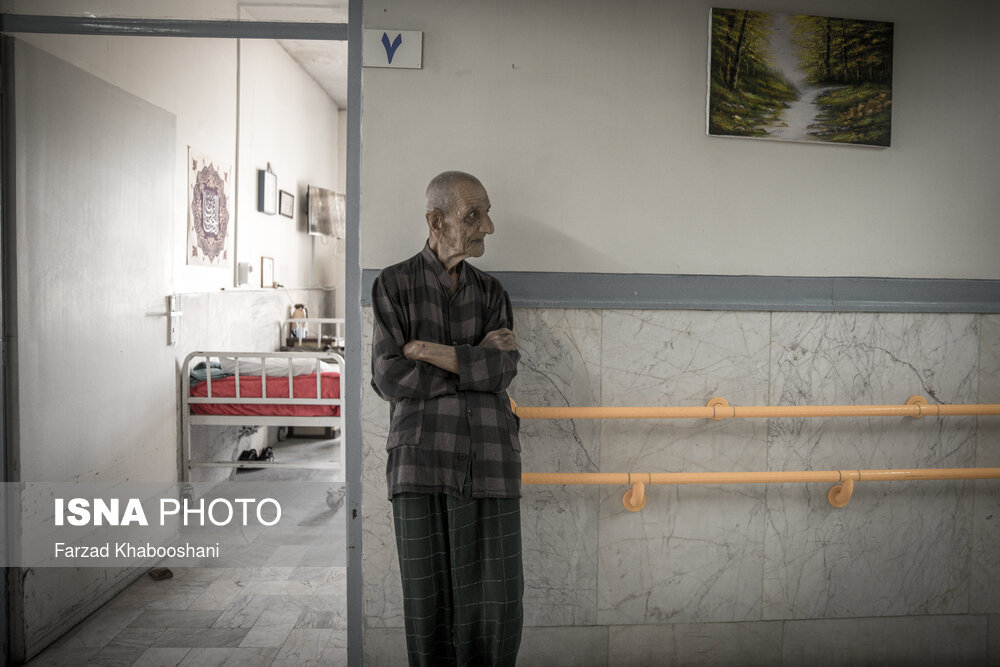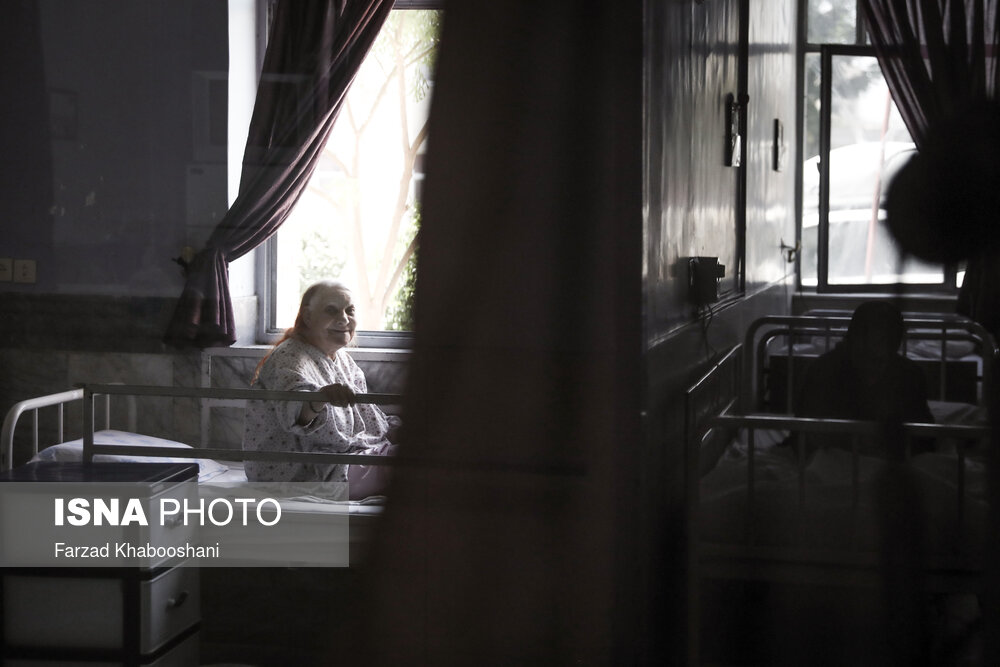Like many developing countries, Iran’s population has undergone fundamental changes due to the persistent decrease in fertility rates and the increase in life expectancy thanks to medical advances and rising levels of health conditions.
The population of the age group from 0 to 14 years old plunged from 45.5 percent in 1986 to 24 percent in 2016. The population of the youth in the category of 15 to 29 years old has also nosedived from over 35 percent to about 25 percent.
According to the United Nations’ prediction in 2017, the Iranian population of over 60 years old will comprise 12, 32, and 40 percent of the total population in 2025, 2050 and 2080 respectively.
The economic hardships have been a major barrier for the young to refrain from giving birth to children or even getting married in Iran.
Iranian officials have been emphasizing on the need to introduce initiatives to encourage the young population to get married and have children.
In a recent meeting with the cabinet, Leader of Iran’s Revolution Ayatollah Seyyed Ali Khamenei asked Health Minister Mohammad Reza Zafarghandi to come up with plans to encourage families to have more children and reverse the aging trend.

